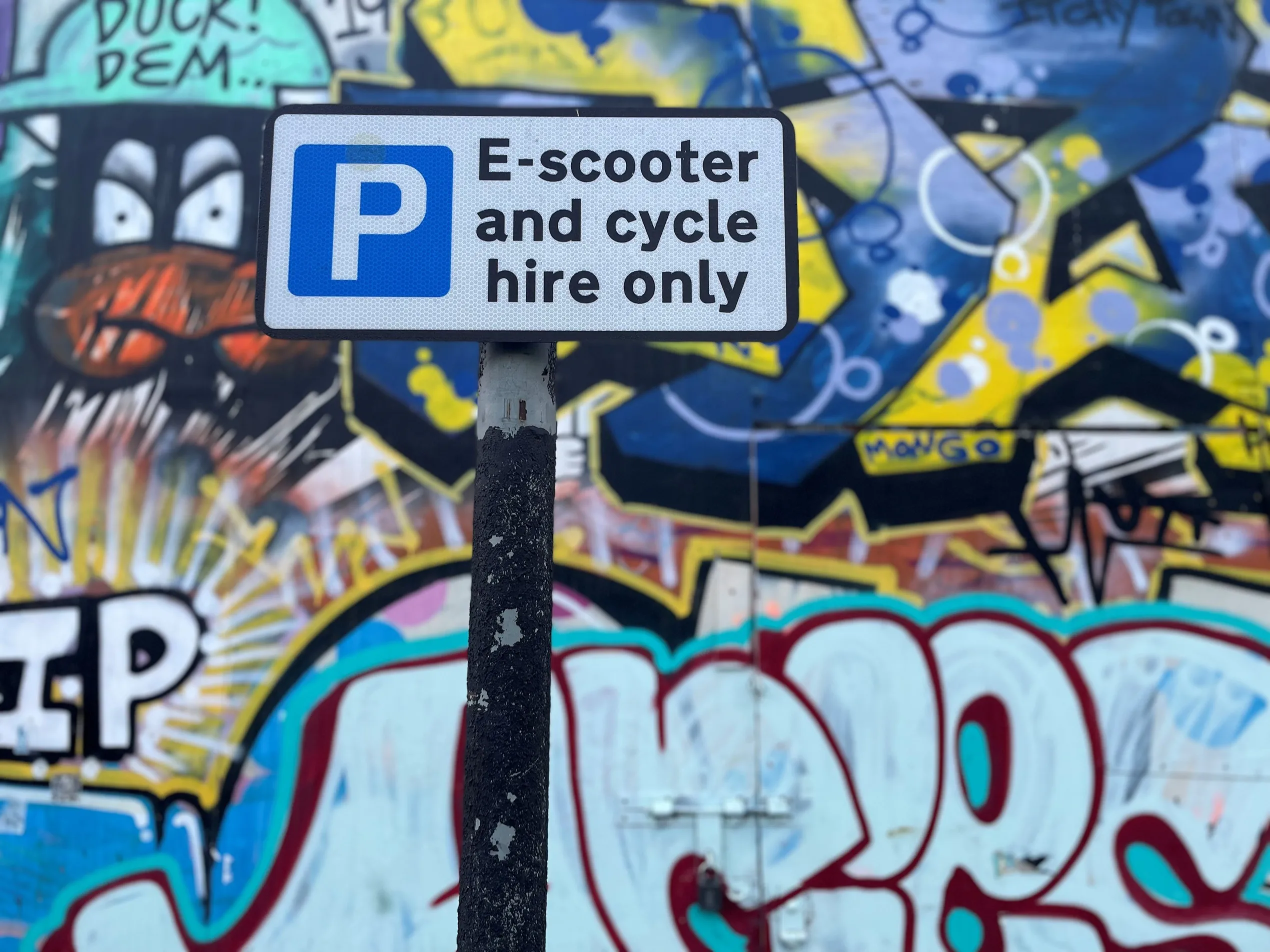According to the UITP, the International Association of Public Transport, public transport offers even better value for money than usually stated. To address the issue, it has released a Focus Paper - Assessing the benefits of public transport - and is holding a special session dedicated to the theme during the UITP World Congress in Vienna, Austria, from 7-11 June.
July 16, 2012
Read time: 4 mins

According to the UITP (
But that just isn't happening, according to the UITP. Current appraisal techniques do not do justice to the full benefits which public transport schemes contribute to all aspects of urban life. Transport appraisal therefore needs to consider all of the following areas: economic (public expenditure and income, user time savings, reliability and wider economic impacts); environmental (noise, air quality, greenhouse gases, landscape, townscape, historic heritage and water environment); and social (safety, security, accessibility, mode interchange, land-use policy, physical fitness and journey ambience).
As the UITP points out, public transport appraisal has traditionally concentrated on assessing specific infrastructure projects but there is an increasing need to assess transport policy itself.
Possible solution Demand management schemes are being identified as a possible solution to tackle the congestion that hampers inter-urban and urban mobility. However, such options are difficult to assess with conventional appraisal techniques.
The very limited experience and number of practical case studies in demand management make accurate assessment of their benefits difficult. Furthermore the impacts of demand management are also very broad; their diffuse impacts are difficult to separate from background 'noise' and are complicated to measure.
Cost benefit analysis expresses both sides of the ratio in financial terms as a Benefit:Cost Ratio (BCR). This therefore requires the 'monetisation' of the quantified benefits of the scheme. The UITP acknowledges that well-established methodologies exist to assess many aspects and are included in appraisal methodology in a large number of countries. These aspects usually include time savings (both for private users and business users and including weightings for the least comfortable aspects of a journey), safety (death and injury), noise and greenhouse gas emissions (although the appropriate value of CO2 requires further research).
However, monetisation of all impacts is not normally possible, even if they are quantifiable. This can lead to decisions being made on an incomplete assessment of impacts, which in turn can mean economic, environmental or social goals are not met adequately.
Monetised Multi-criteria analysis attempts to fulfil this requirement by including the complete set of impacts of a scheme, whether or not they can be quantified or monetised. This means appraisals can include aspects such as quality of service, biodiversity, landscape and the built environment.
In the UITP's view, this form of analysis can be seen to be more subjective and more difficult to present in a succinct way, although it has the key advantage of enabling decisions to be based on a complete set of evidence.
The UITP Focus Paper therefore calls for an extension of traditional appraisal criteria. Among its recommendations are that transport authorities and planners should use appraisal as part of their decision-making and outcome monitoring processes.
It urges academics and research organisations to gear their research on economic appraisal more carefully towards the needs of decision-makers, through the development of practical methodologies for scheme appraisal.
The UITP paper also recommends that national governments and international organisations, such as the European Union, the
The UITP Focus Paper, Assessing the benefits of public transport, illustrated with numerous case studies, is available at on the UITP website.










